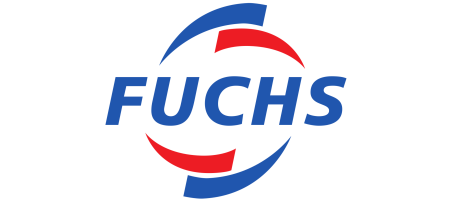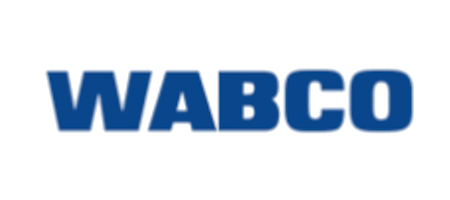SAP Global Trade Service (SAP GTS S/4HANA)
In the age of global trade, compliance with national and international rules and regulations is an essential core element that challenges established and growing companies alike. SAP Global Trade Services (GTS) helps you to identify all audit-relevant and reportable business processes within the entire logistics chain and to automatically initialize necessary measures (or activities) within the scope of trade control and customs clearance. In addition, the use of preference calculation, SAP GTS Preference Management, can exploit opportunities and offer competitive advantages.
For this purpose, SAP GTS offers a central platform with numerous interfaces to SAP ERP, SAP TM, SAP EHS as well as to customs administration. By using SAP GTS, risks of procedural errors are minimized, while at the same time procurement and sales processes are accelerated with regard to compliance. The goals of an implementation include a significant increase in organizational efficiency, as well as a significant improvement in legal certainty.
Furthermore, the SAP GTS ensures that all release processes and decisions in case of an internal or external audit (customs audits, OPCW audits) are directly available, traceable and transparent.
The SI PRO GTS team has extensive expertise, SAP GTS Best Practices as well as deep technical know-how in the area of GTS implementation and ongoing GTS support. This has been acquired through numerous successful projects over the past years and is permanently extended through ongoing projects.
We are happy to help you optimize your foreign trade processes by implementing and using SAP GTS in your company.
SAP GTS Consulting focus of
SI PRO
Customers







